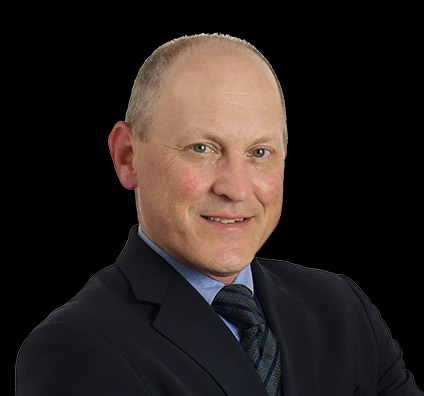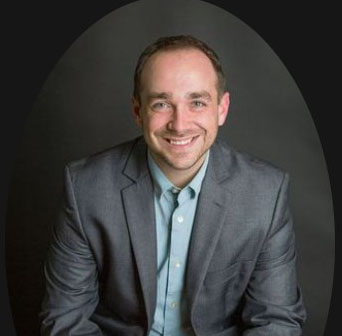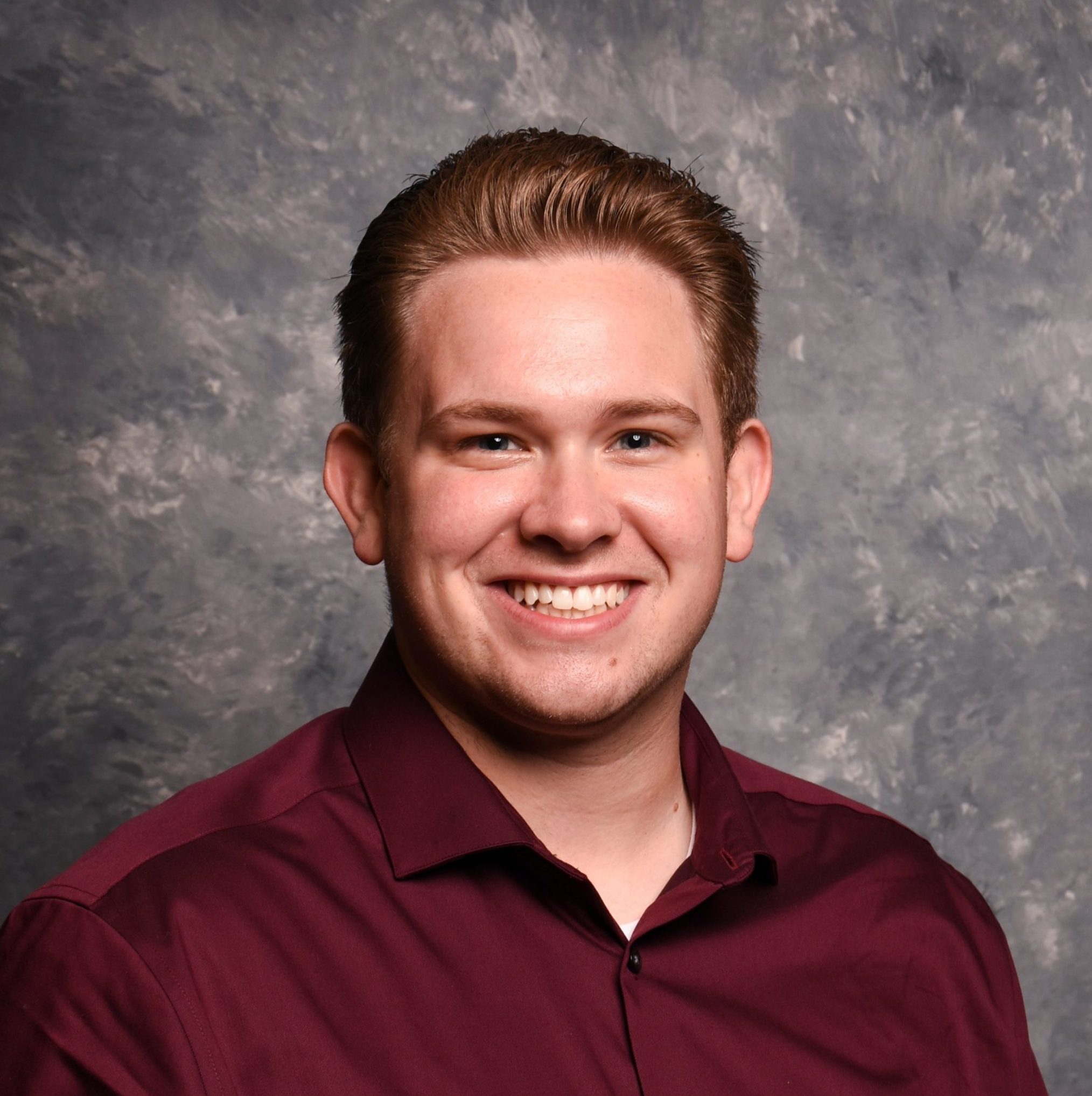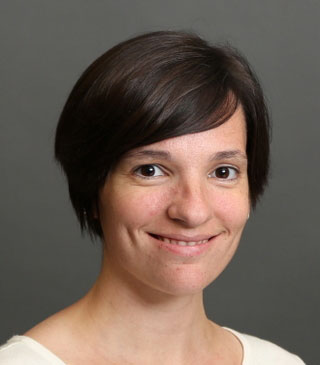SmithAmundsen’s Bridge helps clients protect their trademarks in global markets
By: MaryBeth Matzek, Special to the Wisconsin Law Journal//January 11, 2017//
SmithAmundsen’s Bridge helps clients protect their trademarks in global markets
By: MaryBeth Matzek, Special to the Wisconsin Law Journal//January 11, 2017//

While growing up, Elisabeth Bridge said her father encouraged her to become an engineer. She eventually studied engineering, but only after earning her law degree and working on intellectual property cases.
A partner at SmithAmundsen in Milwaukee, Bridge’s first job out of law school was with a boutique law firm specializing in intellectual property. While she worked primarily on trademarks and copyright cases, Bridge did not have the educational background to be a registered patent attorney. After leaving that firm, she took a part-time job with Godfrey & Kahn and attended classes three days a week at the University of Wisconsin-Milwaukee’s School of Engineering.
“I took enough classes that I qualified to take the patent bar. My dad was happy I finally got around to studying engineering,” she said.
At SmithAmudsen, Bridge helps her clients develop and protect their trademarks in U.S. and global markets.
“Over the years I’ve developed an international trademark specialty. Clients need to protect themselves and their trademarks in other markets,” she said. “I really enjoy what I do. It is vital that companies protect their intellectual property assets, not just here in the United States but around the world.”
Bridge works with businesses of all sizes, handling trademark disputes in more than 50 countries worldwide, gaining experience and insight into how foreign legal systems operate. She traveled twice to China as part of American Bar Association trips to discuss IP law with Chinese officials.
“It’s been interesting and enlightening to see how people around the world perceive U.S. law and their own laws,” said Bridge, who also serves as honorary consul to Belgium, helping their citizens with any issues they may have while in the U.S.
Wisconsin Law Journal: What makes your work important to you?
Elisabeth Bridge: During the 35 years I have been an intellectual property lawyer I have found the business counseling aspects of my job to be particularly rewarding. My goal is to understand my client’s business objectives and challenges in order to be the best ‘partner’ I can be in helping my clients at SmithAmundsen avoid legal problems down the road by properly protecting their IP assets up front. Providing legal advice that satisfies the client’s needs and assists them in successfully reaching their business objectives is personally one of the most satisfying rewards of being a lawyer.
WLJ: Who is your hero in the legal field?
Bridge: I have had many mentors along the way and the combination of all of the character traits of these individuals make up my hero and are traits I try to emulate in my practice and my life. My hero is known for his/her honesty and personal integrity, comfortable with him or herself and is wise and a leader without bullying or bravado. My hero is someone who can be relied upon to have good judgment, is responsive to the needs of clients and others, is a good listener, counselor and friend, is caring and compassionate and willing to give of herself to assist and mentor others.
WLJ: What do you do outside of work to deal with stress from the office?
Bridge: I read quite a bit. I’m in two book groups, reading both fiction and nonfiction. As a history buff, I really enjoy studying different cultures and their histories. I enjoy traveling, theater, hiking, exercising and being outdoors. I also enjoy music — it is always a good way to relax and wind down.
WLJ: What’s one thing many people get wrong about what you do?
Bridge: I am a registered patent attorney and practice in all areas of intellectual property law — patent, trademark, copyright and trade secret. Although these areas all fall under the umbrella of IP law, they are very different legal areas and cover very different things. Utility patents cover novel and non-obvious ‘inventions,’ reduced to practice in, say, a machine; design patents protect the novel non-functional ‘look’ of a useful article; trademarks protect the goodwill in a mark or brand; copyrights protect against the unauthorized copying of the original manner of expression of a literary or artistic work; and trade secrets protect the unauthorized disclosure and use of secret information that is beneficial to a business, such as the recipe for Coca-Cola products. The general public seems quite confused about what IP is and what can be protected and how.
WLJ: What’s your favorite memory from law school?
Bridge: I will never forget my freshman year real property class where the professor, who was highly respected by all, would arbitrarily call on one student every class and grill the same student for an entire hour as he or she stood up before the entire large lecture hall. I hadn’t been called on in class as yet and the topic of that class was to be The Rule Against Perpetuities. I remember some friends asked me to go out with them for lunch before class that day but something told me I’d better study instead. I was very glad I did. By the time class came I knew the topic inside out and I was so glad I did. He called on me that day and was surprised at how thoroughly and correctly I answered his questions. I earned his respect that day and it taught me a good lesson about being well prepared.
WLJ: Is there a certain case that stands out to you?
Bridge: I was admitted to the United States Supreme Court on a trademark case involving alleged infringement of a product configuration trademark. It was a very important case from a business perspective for our client — our client had won a major account, partially by cutting product costs by manufacturing in China. The client was sued for trademark infringement by the competitor who had previously had the account. A temporary restraining order was issued on a Friday afternoon and my client was supposed to be delivering product the following week under its contract with the major account. Everyone in my small office at the time was working around the clock — it was a very exciting and interesting case. Unfortunately we never got to argue the case before the Supreme Court (cert was denied), so the client didn’t win the case, but they did win the war. They were able to modify the product enough to avoid the injunction and deliver product to the major account. A few years later, the Supreme Court did accept a product configuration case and held that the configuration was not a ‘mark’ because of functionality. It would have been interesting to see how the Supreme Court would have decided our case if they had opted to take it on appeal.
Legal News
- Former Wisconsin police officer charged with 5 bestiality felony counts
- Judge reject’s Trump’s bid for a new trial in $83.3 million E. Jean Carroll defamation case
- The Latest: Supreme Court arguments conclude in Trump immunity case
- Net neutrality restored as FCC votes to regulate internet providers
- Wisconsin Attorney General asks Congress to expand reproductive health services
- Attorney General Kaul releases update at three-year anniversary of clergy and faith leader abuse initiative
- State Bar leaders remain deeply divided over special purpose trust
- Former Wisconsin college chancellor fired over porn career is fighting to keep his faculty post
- Pecker says he pledged to be Trump campaign’s ‘eyes and ears’ during 2016 race
- A conservative quest to limit diversity programs gains momentum in states
- Wisconsin prison inmate pleads not guilty to killing cellmate
- Waukesha man sentenced to 30 years for Sex Trafficking
WLJ People
- Power 30 Personal Injury Attorneys – Russell Nicolet
- Power 30 Personal Injury Attorneys – Benjamin Nicolet
- Power 30 Personal Injury Attorneys – Dustin T. Woehl
- Power 30 Personal Injury Attorneys – Katherine Metzger
- Power 30 Personal Injury Attorneys – Joseph Ryan
- Power 30 Personal Injury Attorneys – James M. Ryan
- Power 30 Personal Injury Attorneys – Dana Wachs
- Power 30 Personal Injury Attorneys – Mark L. Thomsen
- Power 30 Personal Injury Attorneys – Matthew Lein
- Power 30 Personal Injury Attorneys – Jeffrey A. Pitman
- Power 30 Personal Injury Attorneys – William Pemberton
- Power 30 Personal Injury Attorneys – Howard S. Sicula











